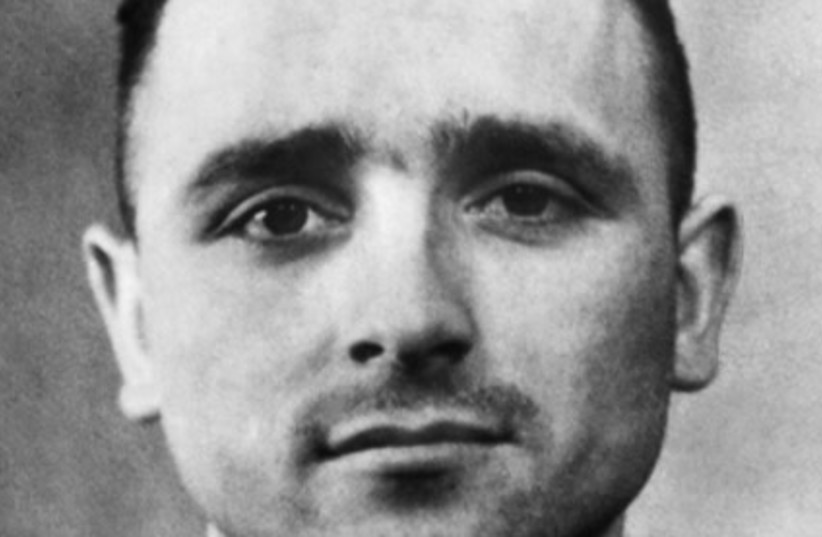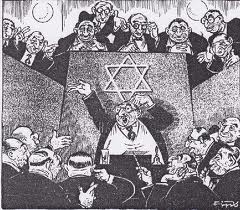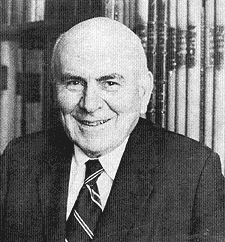Following the reduction of many German cities to rubble and amid the ignominy of defeat and occupation in May 1945, some cogs in the Nazi wheel focused first and foremost on escape from retribution.
By the autumn of that year, with the onset of the Cold War, fortune had remarkably smiled upon them. Several became the mercenaries of a new reality, selling their lethal expertise to the highest bidder. Western intelligence services often held their collective nose and welcomed former Nazis into the fight against Stalin’s Communism.
Danny Orbach’s Fugitives: A History of Nazi Mercenaries during the Cold War (Hurst and Co.) tells the absorbing but disturbing story of war criminals and greedy opportunists.
Although a few wished to continue the struggle against the Jews amid dreams of a future Fourth Reich, most were interested in money, and became “freelance arms traffickers, spies and covert operators” on behalf of the Western democracies. Thus Klaus Barbie, the Gestapo chief in Lyon, was employed by US Army Counterintelligence after the war. On the other hand, some SS officers who hailed from Dresden wanted revenge for the firestorm that had obliterated their hometown and incinerated their families and therefore turned to the KGB to earn their wage as Soviet moles.
Hans Sommer had been involved in the burning of synagogues and in the atrocities meted out to French resistance fighters. He became a triple agent on behalf of the Soviets; and when unmasked in 1953, he simply moved to East Germany to ply his trade for the Stasi.

Reinhard Gehlen had been a senior intelligence analyst assigned the task of preparing the Alpine Redoubt in Bavaria to make a last ditch stand by the Nazis. Instead, he surrendered to the Americans in 1945 and handed over a classified archive about the USSR. He was then taken to Virginia where Capt. Eric Waldman – a US Jew – recommended that the Americans should work with Gehlen and his team.
While 120,000 war criminals and Nazi activists had been arrested in the aftermath of the war, utilizing the expertise of figures such as Gehlen in the Cold War became an increasingly dominant factor in the West’s thinking.
The author remarks that Otto von Bolschwing, a perpetrator of the Holocaust in Romania, was employed by the CIA to develop a spy network in several countries in Eastern Europe. Gehlen became West Germany’s leading intelligence operative, leading a team of SS veterans. This opened the path to Nazis who were working for the KGB, planting themselves in the heart of West German intelligence.
EGYPT UNDER Gamal Abdel Nasser, and its ally Syria, also gave former Nazis a warm welcome. Wilhelm Beisner, a fomenter of pogroms in the Balkans, sold machine guns to Egypt in the early 1950s. A few years later, he emerged as a major arms purchaser on behalf of the FLN who were fighting the French in the struggle for independence in Algeria.
In fact, former Nazis benefited from both sides in the Algerian conflict. Orbach notes that some 20,000 Wehrmacht and Waffen SS veterans joined the French Foreign Legion to fight “the war of the white race” in Algeria.
The notorious Alois Brunner, an underling of Adolf Eichmann, went first to Egypt in 1954, where his landlord was an Egyptian Jew, and then moved on to Syria, where he was housed in a government apartment in the Rue Georges Haddad. Franz Strangl, the Treblinka commandant, had previously stayed there.
In July 1960, the Mossad established Amal, named after Amalek, to hunt fugitive Nazi war criminals. Yitzhak Shamir, later prime minister of Israel but then head of Mifratz in the Mossad, sent a bomb in a double-bottomed suitcase to Armin Hazis aka Alois Brunner, in Damascus. Brunner lost an eye and sustained severe injuries to his arm. A few months later, in an upmarket suburb of Munich, Beisner turned on the ignition – and his car blew up. Beisner lost his leg.
Orbach argues that both David Ben-Gurion and Isser Harel, the head of the Mossad, overreacted to the threat of German scientists working on Egyptian missiles targeted at Tel Aviv. The imagery of a military parade in Cairo in July 1962 had unnerved them. This evoked a deep psychological fear, and both saw a Nazi plot in the making and the possibility of a second Shoah.
Many Nazi criminals such as Josef Mengele undoubtedly lived the good life in Latin America, but when Menachem Begin became prime minister in 1977, he resurrected the campaign against these aging Nazis. In March 1980, there was the attempted assassination of Walter Rauff in Pinochet’s Chile. If Rommel had been successful against British forces in the North Africa campaign and the Yishuv overrun, Rauff would have been responsible for implementing “measures” against the Jews of Palestine.
A few months later, Brunner, in Damascus, was sent a letter bomb. This time he lost several fingers and was badly burned.
Orbach has performed a valuable service in reminding readers that after 1945 many politicians, including Israeli ones, put immediate national interests first and pushed justice for the victims of Nazi barbarity down the agenda.
Today, even Nazi centenarians are being sentenced for their crimes.
For those who wish to remember yesterday – including the fact that almost 12 million Germans voted for the Nazis in November 1932 – Danny Orbach’s book is an important publication.
FugitivesBy Danny OrbachHurst and Co.448 pages; $28.95









